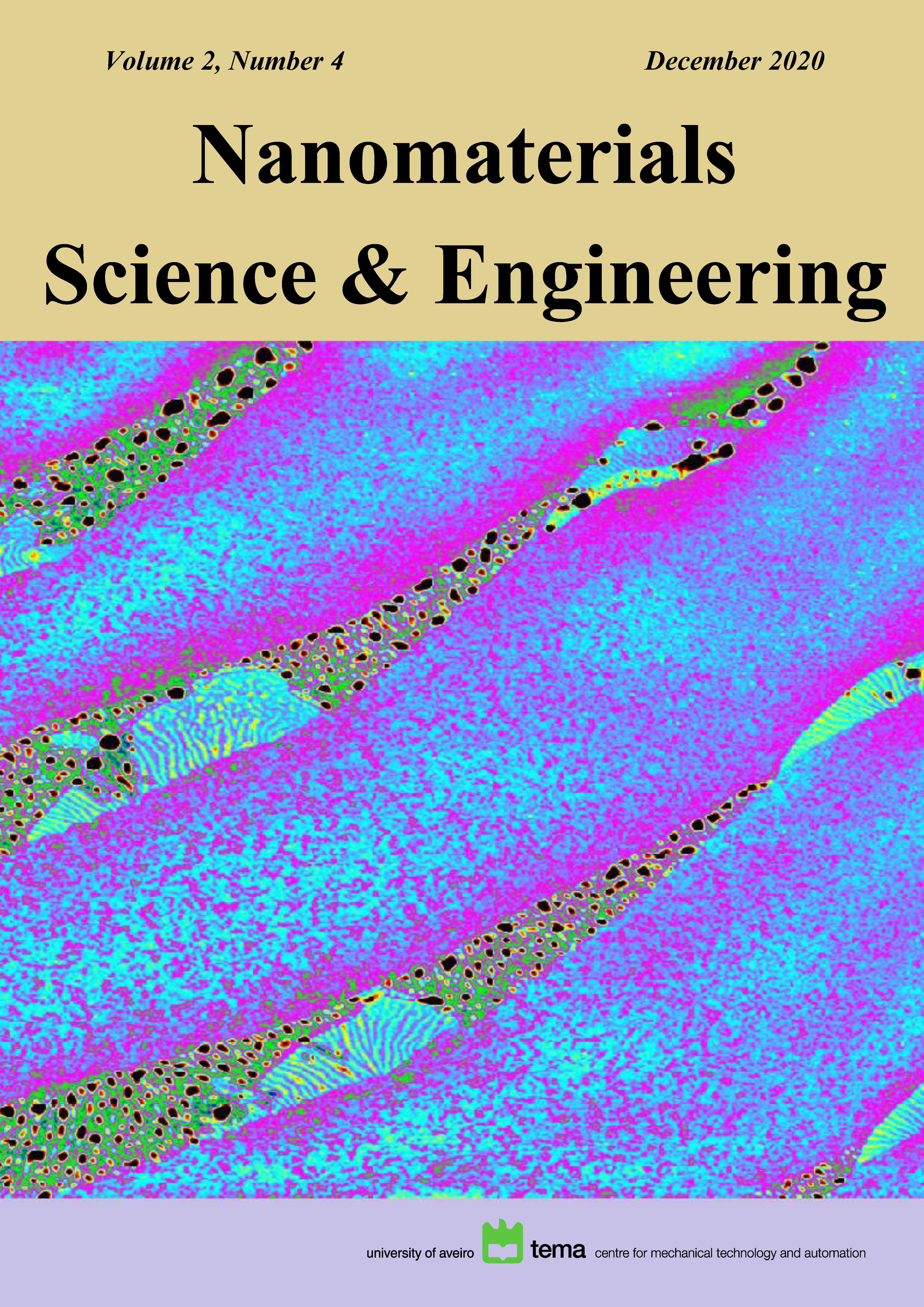Hybrid microwave sintering of alumina ceramics which contain waste alumina
Abstract
The use of microwave energy to sinter ceramic materials offers benefits compared to conventional sintering methods. Some of benefits regarding to less time consumption, achieving high heating rates, and saving energy. The hybrid microwave sintering because of its advantageous is a method of wide interest for improving the microstructure of sintered materials. In this study, the goal was to investigate the influence of the hybrid microwave sintering because on the properties of alumina ceramics, which contain a considerable amount of waste alumina powder. The study was limited to hybrid microwave sintering of alumina green bodies in which the grain growth and densification were characterized. The waste alumina powder, which is generated during machining of alumina green compacts and high-purity (99.9 %) alumina powder, were used as starting materials. The Alumina green bodies were obtained by the slip casting process. The dried green samples were then sintered by using a hybrid microwave furnace. The used hybrid microwave sintering atmospheric furnace consists of a 2.45 GHz microwave generator with a continuously adjustable power output from 0 to 3 kW and external heating elements. The sintered samples with addition of waste alumina powder were exhibited higher density values, slightly larger grain size, and linear shrinkage in comparison with the samples made of pure alumina powder. The observed microstructure for both samples was uniform with the average grain sizes smaller than 2 microns as a consequence of a hybrid microwave sintering.
Copyright (c) 2020 Nanomaterials Science & Engineering

This work is licensed under a Creative Commons Attribution-NonCommercial 4.0 International License.
Copyright Information
Authors who publish in the Nanomaterials Science & Engineering agree to the following terms:
- Authors retain copyright and grant the journal right of first publication with the work simultaneously licensed under a Creative Commons Attribution License that allows others to share the work with an acknowledgement of the work's authorship and initial publication in this journal.
- Authors are able to enter into separate, additional contractual arrangements for the non-exclusive distribution of the journal's published version of the work (e.g., post it to an institutional repository or publish it in a book), with an acknowledgement of its initial publication in this journal.
- Authors are permitted and encouraged to post their work online (e.g., in institutional repositories or on their website) after publication, as it can lead to productive exchanges, as well as earlier and greater citation of published work.
Copyrights to illustrations published in the journal remain with their current copyright holders.
It is the author's responsibility to obtain permission to quote from copyright sources.
Any fees required to obtain illustrations or to secure copyright permissions are the responsibility of authors.





